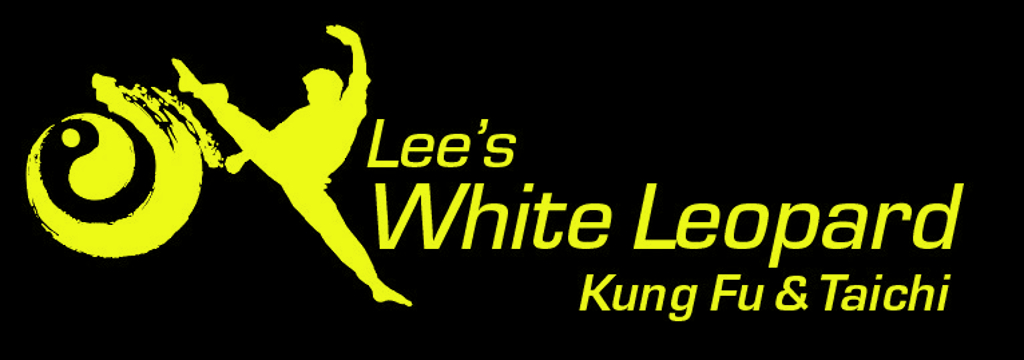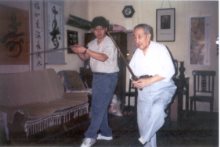|
|
Wu Style Tai Chi: Our LineageGrand Master Johnny Kwong Ming Lee Wu’s Tai Chi has evolved from Yang’s Big and Small Frames, and it also has the influence of Chen’s Big Frame, Zhao Bao Small Frame Tai Chi and Wu Hao’s Small Frame. As Grand Master Ma said, “Wu Style has evolved from the essence of all Tai Chi Styles before it”. Quan Yu, the founder of Wu Style, was Yang Lu Chan’s top student, and also learned from Yang Pan Hou. This is why Yang and Wu Style choreography is similar. The distinguishing mark of Wu Style is the Plow Oxen posture. The upper body appears in a slanted position, yet the internal spinal column from the tail bone to the top of the head is in a straight line. The term for this is “slanted erectâ€. This stance will give one extra stability and extra distance and support in executing the Brush the Knee posture and in discharging energy (Fa Ching). More importantly, Wu Style is more internal than other Tai Chi styles because the Wu style frame externally appears as small, yet internally the reach is wider. Because of the extreme alignment, Wu Style gives the practitioner more connections with center, rooting and the transportation of Qi through the meridians. If you push hands with an accomplished Wu stylist, it seems amazing, with such small circles and with the minute changes from substantial to insubstantial, how you can lose your balance before you know it. In the South China Athletic Association, besides My Jhong, they also offered a Wu Style Tai Chi class. This was where I was first introduced to Wu Style Tai Chi, as a result of my own curiosity. I also learned Wu Tai Chi from General Sun, who was my Sifu in Pa Kua Chang [Ba Gua Zhang]. Finally, many years later, I began paying yearly visits to Shanghai to study with Grand Master Ma Yue Liang, who was one of the most knowledgeable Tai Chi teachers until he passed away shortly before the turn of the millennium. He was the son-in-law of Wu Jian Quan, who was the son of the founder of Wu Style, Wu Quan Yu. Grand Master Ma was most famous in fast forms and push hands. While he was teaching, he was ever cheerful, always smiling. Approachable and friendly as he was, I was always comfortable in his presence. In Shanghai, I went to the park and asked people who the best push hands teacher in Shanghai was. Everyone I encountered attributed this ability to Ma Yue Liang. They were amazed at his skill and also highly respected his kindness. He taught me the Fast Form, Wu’s Tai Chi Sword, 24 Spear and 13 Spear. He corrected my other forms, and, personally, I was also fortunate to experience the guidance and amazing power of Ma’s push hands.
Wu’s Tai Chi |

